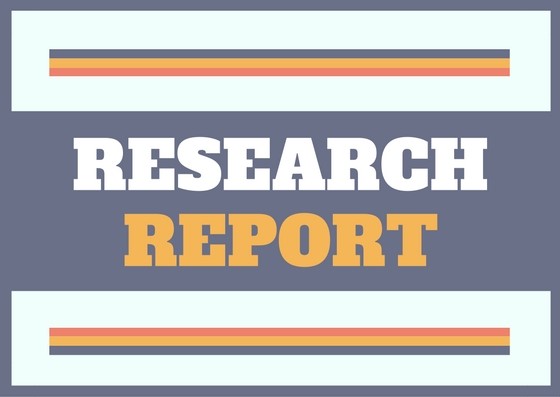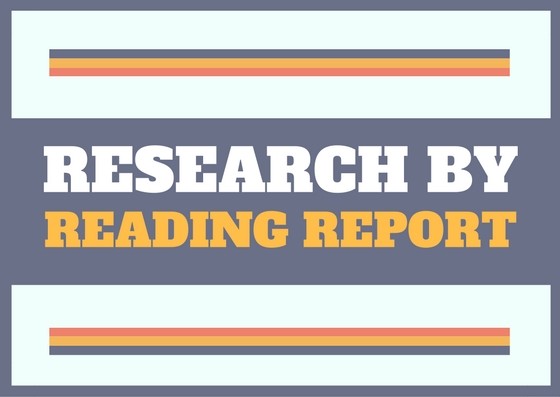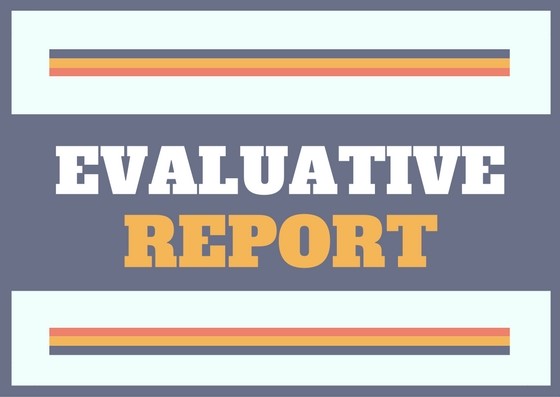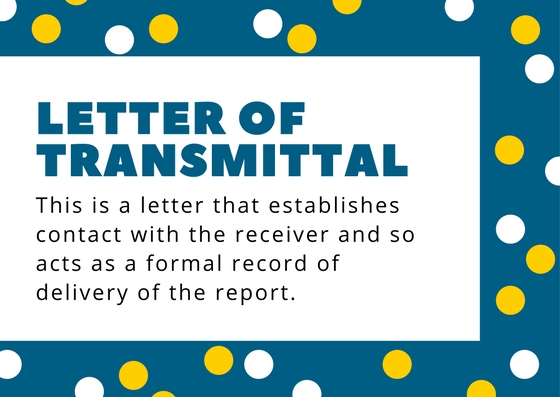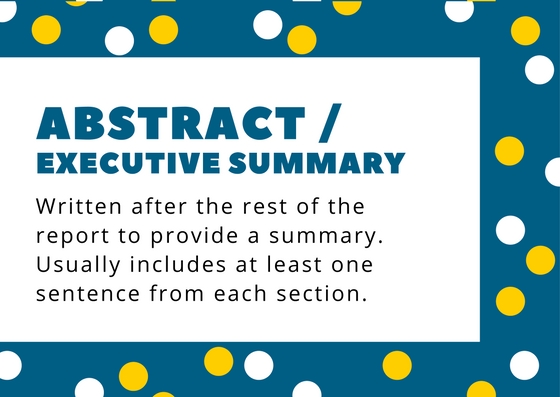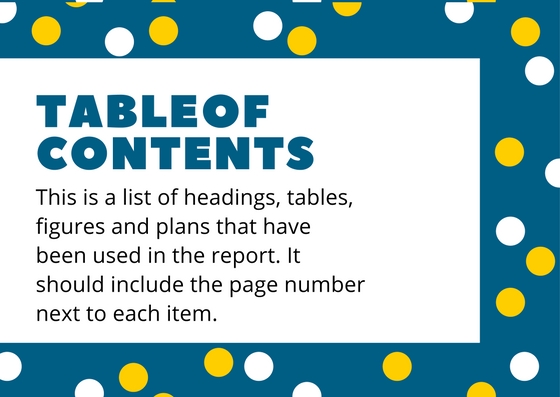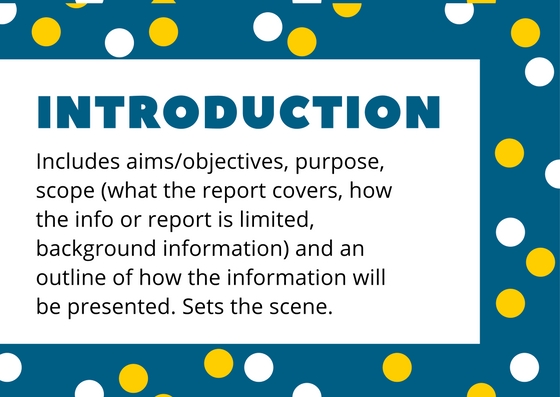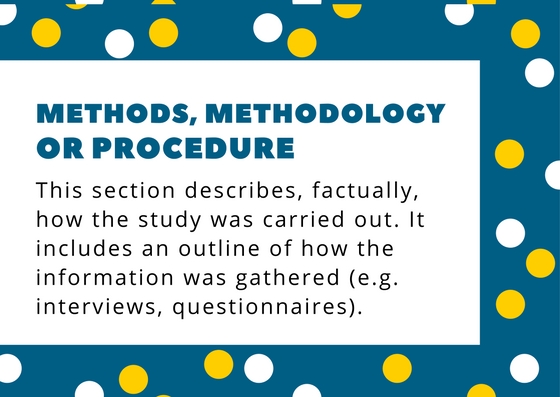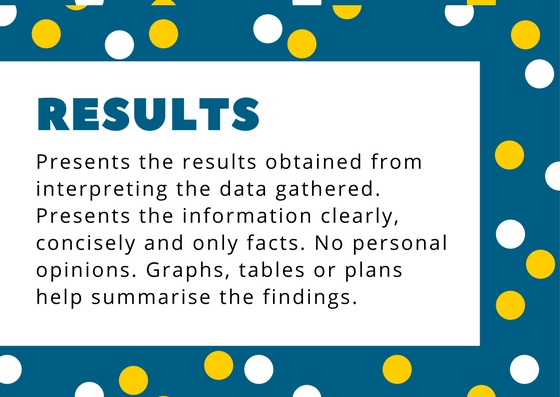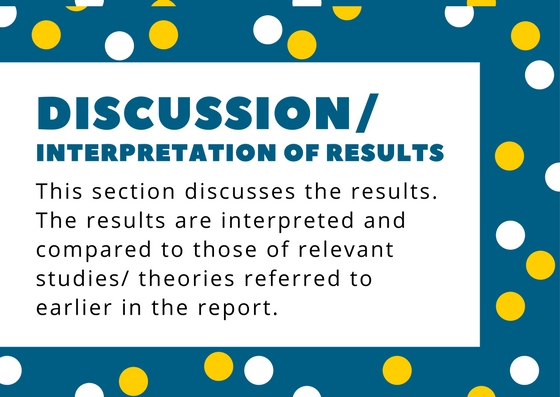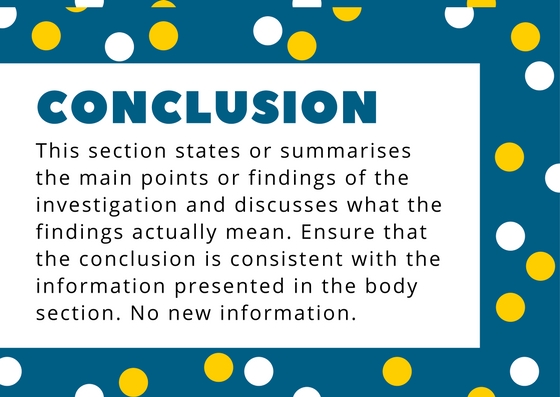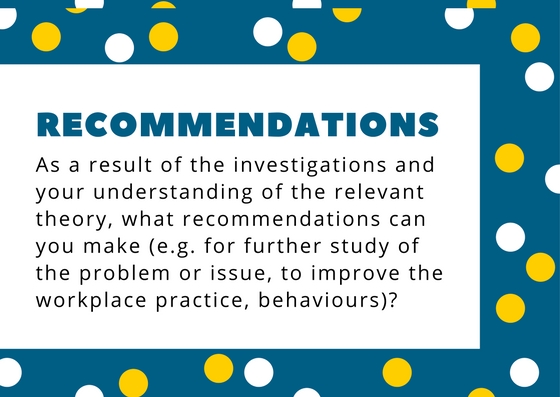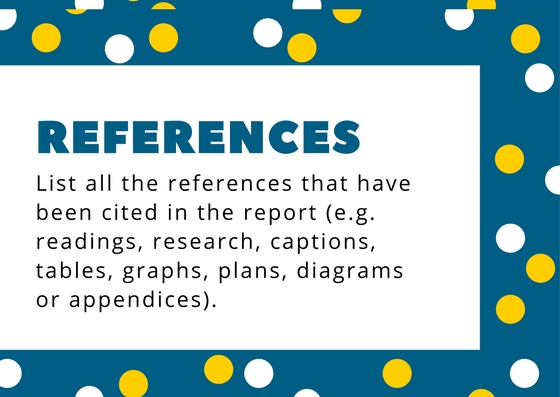Report writing at university
University students write reports for a variety of purposes. Some reasons for writing a report are to:
- Report on a research study or project that you have undertaken. This is referred to as a research report.
- Report on a research study or project you plan to undertake. This is called a research proposal and has much the same structure as a research report except that you are reporting on what you are going to do rather than on what you have done.
- Report on what you have found out by reading about a topic. This type of report is called a research by reading report.
- Report on and evaluate something, for example a workplace practice or behaviour. This type of report is called an evaluative report.
